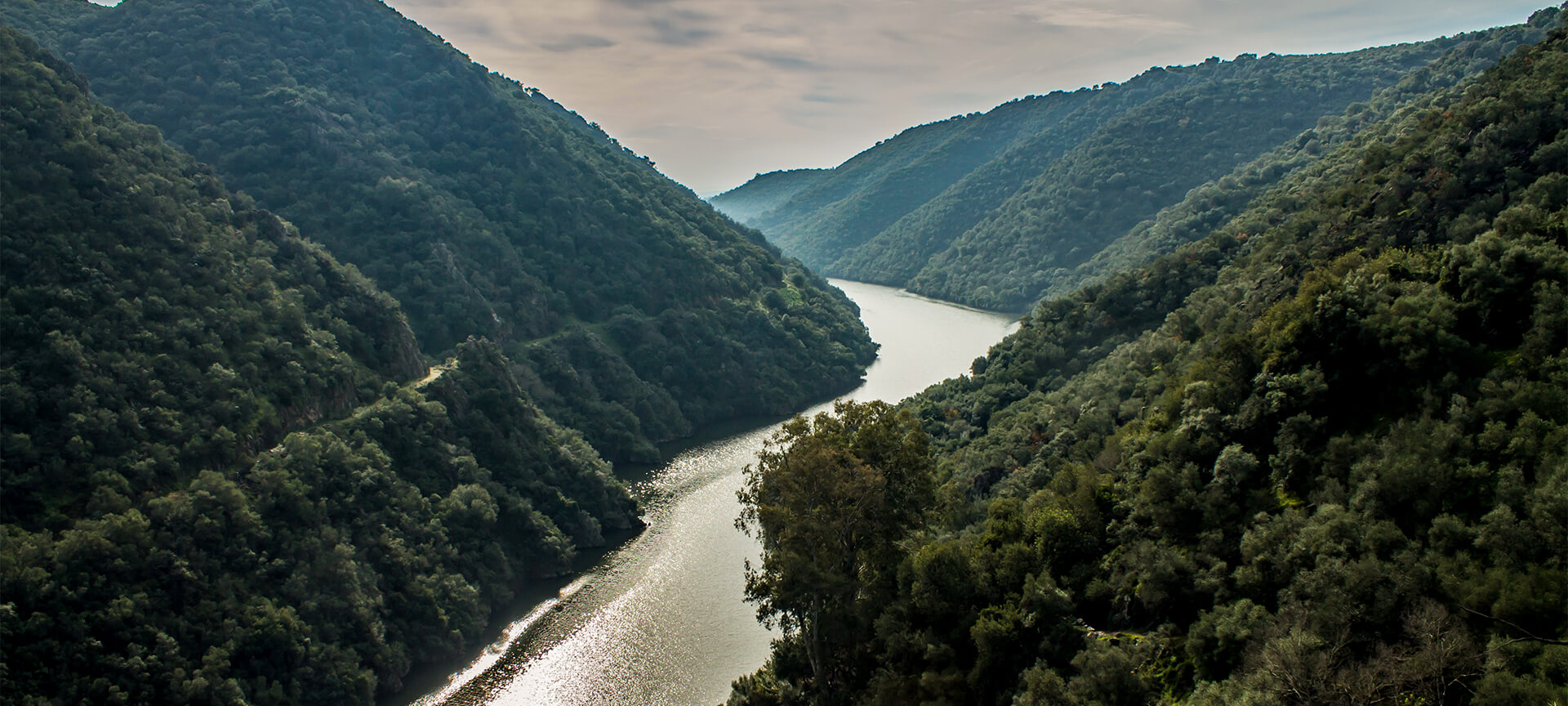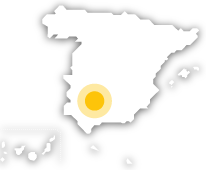
Sierra de Hornachuelos Natural Park

The park of the great birds of prey
The natural area is home to elements of great interest due to its fauna and botanical resources.
It is located in the central-western part of the province of Córdoba and is a protected area of Sierra Morena. Its structure is made of slate and quartzite materials. In the park we find two types of vegetation, that corresponding to the Mediterranean forest (mainly holm oak and cork oak) and that located on the banks of the rivers (mainly willows, ash trees, poplars and alders). The Bembézar, Guadiato and Ciudadeja rivers cross the park, creating reservoirs along their paths.The griffon vulture has one of the most important colonies in Andalusia (Sierra de Hornachuelos) and the black vulture has one of the last remaining colonies of this species in the Sierra Morena.
Debe activar Javascript para poder utilizar este servicio
Sierra de Hornachuelos Natural Park
Huerta del Rey Visitor Centre
Carretera A-3151 de Hornachuelos a Fuente Obejuna, a 1,5 km del pueblo
14740 Hornachuelos, Cordoba (Andalusia)
Cordoba (Andalusia):
- Almodóvar del Río
- Córdoba
- Hornachuelos
- Posadas
- Villaviciosa de Córdoba
Activa JS
What you need to know
-
Cultural information
Visitors can find first-class cultural, artistic and heritage spots and places near the nature reserve, such as Almodóvar del Río or Córdoba.
-
Environmental information
The structure of the Park is composed of a series of massifs alternating with ravines and elevated plains. Its vegetation is very rich and varied, based on holm oaks, cork oaks and gall oaks, along with mastic, strawberry trees, kermes oak, rockrose and tamujo. As for fauna, the nesting of large birds of prey such as the griffon vulture, black vulture, golden eagle, Egyptian vulture, imperial eagle and Bonelli's eagle is notable.
-
Information for visits
The visitor centre is located in the Huerta del Rey recreational area, one and a half kilometres from the town of Hornachuelos. It describes the natural and socioeconomic characteristics of the area and has a bar-restaurant next door.

